
Costing around $5000 per pound, saffron is perhaps the costliest spice on Earth. It takes around 75,000 blossoms to produce a single pound of saffron, which explains why it is the costliest spice in the world. Saffron is not only popular as a spice, but it also offers numerous health benefits.
Read on to learn about the health benefits of saffron and its side effects!
Saffron is the dried stigma or threads of the flower of the Crocus sativus plant and has a distinct color and flavor. The distinct flavor of saffron comes due to the presence of chemical compounds such as picrocrocin and safranal. The golden yellow hue of it comes from a carotenoid called crocin. It acts as an antioxidant and a neural protective agent.
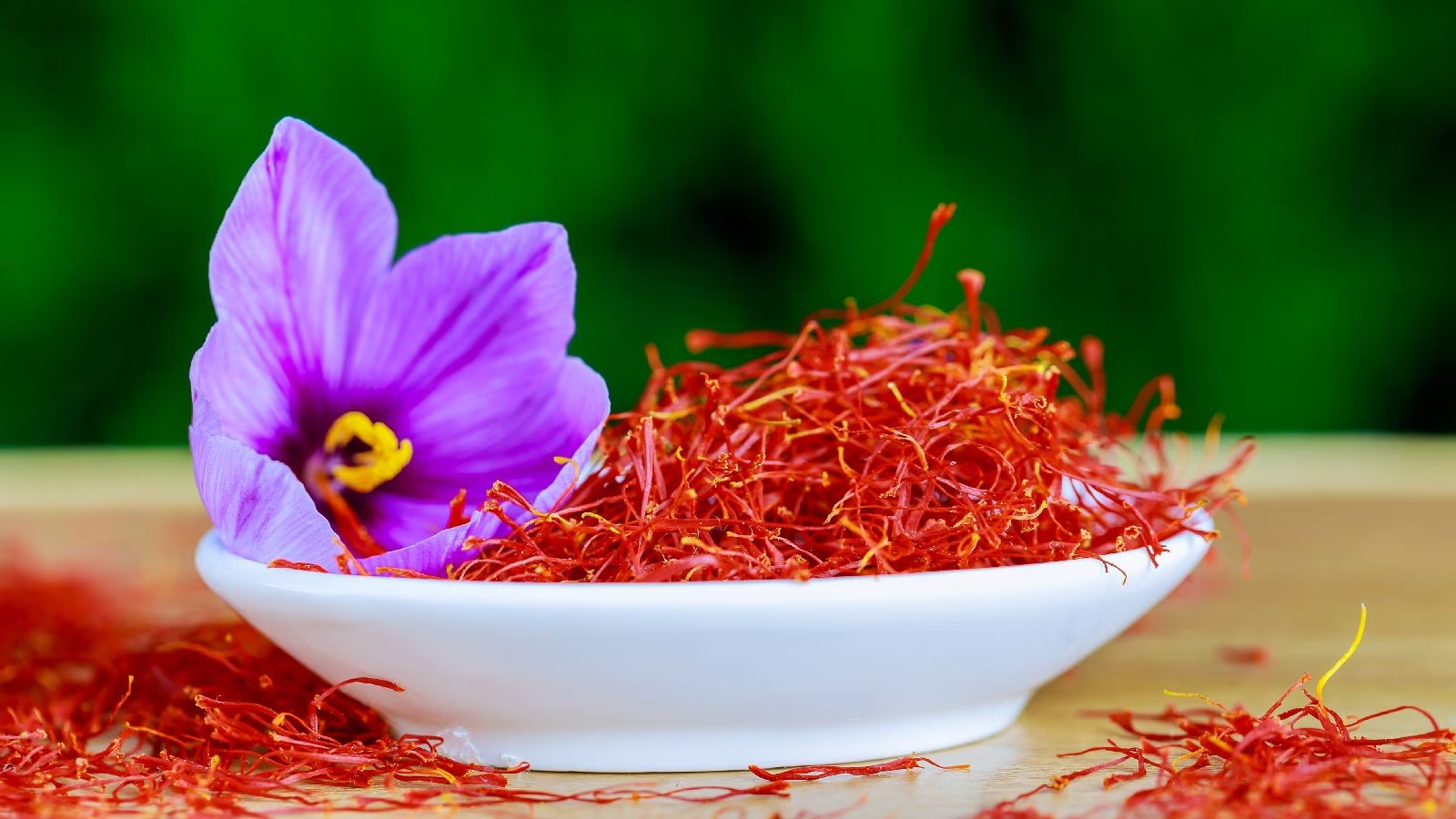
Saffron was known to man in the early stages of civilization. Over three millennia ago, saffron was honored as a sweet-smelling spice in various biblical stories and legends. The Sumerians used it in their potion for magical and medicinal purposes. In Iraq, 50,000-year-old cave paintings have been found where drawings were made with saffron.
This exotic spice was probably first cultivated near Greece, and today it is cultivated in many parts of the world. Iran is the largest producer of saffron in the world. In India, it is grown in the hilly regions of Jammu and Kashmir.
-Some historians believe that Saffron came to China with Mongol invaders by way of Persia.
-The Egyptian queen, Cleopatra used it in her baths and cosmetics to enhance her beauty.
-When the Roman emperor, Nero, entered Rome, Saffron was spread on the roads and halls to enhance the aroma.
This noble spice is also an excellent source of minerals like potassium, copper, calcium, manganese, selenium, iron, zinc, and magnesium. Saffron helps to control heart rate and blood pressure due to its potassium content. Manganese and copper work as cofactors for the antioxidant enzyme, superoxide dismutase. Iron is essential for red blood cell production.
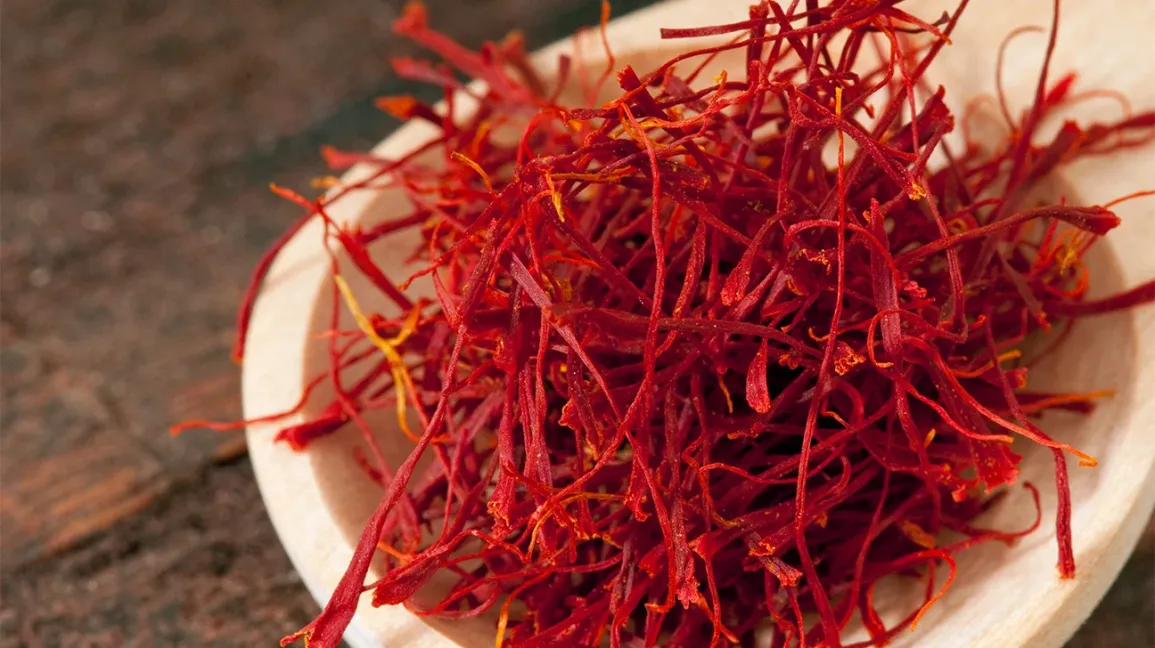
Additionally, it is also rich in many vital vitamins, including vitamin A, vitamin C, folic acid, riboflavin, and niacin, which are essential for optimal health.
Saffron is not only a food ingredient, but it also had used as a medicine and natural dye in ancient India and China. You can also use saffron for the treatment of various diseases like asthma, cough, and insomnia.
Health Benefits of Saffron
Let’s have a look at the health benefits of saffron.
Protects Against Cancer
Researchers have discovered that saffron and its active components can inhibit malignant human cells. Not only this, but it also stimulates the formation of immune cells called lymphocytes that help destroy cancer cells.
Saffron contains many non-volatile compounds like zeaxanthin, lycopene, and α- and ß-carotenes. One of the most important carotenoid compounds is crocin, a powerful antioxidant also responsible for giving the golden yellow color to saffron. Crocin triggers programmed cell death, also called apoptosis, in different types of human cancer cells, including leukemia, ovarian carcinoma, colon adenocarcinoma, and soft tissue sarcoma. Other active chemical compounds present also act as antioxidants that help restrict or eliminate any oxidant-induced stress that causes cancer.
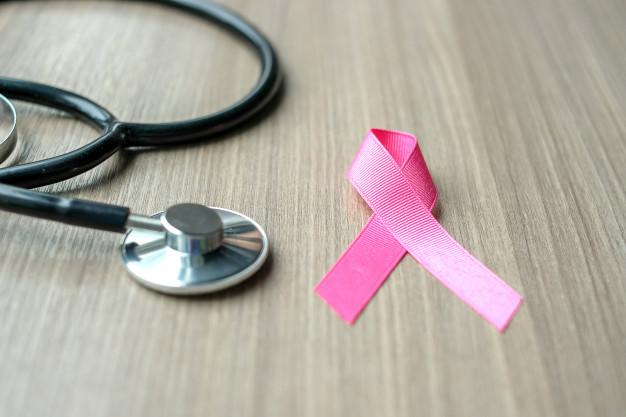
The anti-carcinogenic properties of saffron are due to the presence of flavonoids in it. Saffron contains beta-blockers and flavonoids that delay tumor growth.
The flower pistil of saffron also contains several essential volatile oils like safranal, cineole, phenyl ethanol, pinene, borneol, geraniol, limonene, p-cymene, linalool, terpinen-4-ol, etc. One of the most important volatile oils is safranal. Research has shown that safranal has antioxidant properties and cytotoxic effects on cancer cells. It also has anti-convulsant and anti-depressant properties and can be used as a mild sedative.
Promotes Memory Retention and Learning
Crocin present in saffron is useful in the treatment of age-related mental impairment. The crocin and crocetin present in saffron have the potential to improve memory and cognitive skills. In fact, in Japan, saffron encapsulation helps in the treatment of Parkinson’s disease, memory loss, and inflammation.
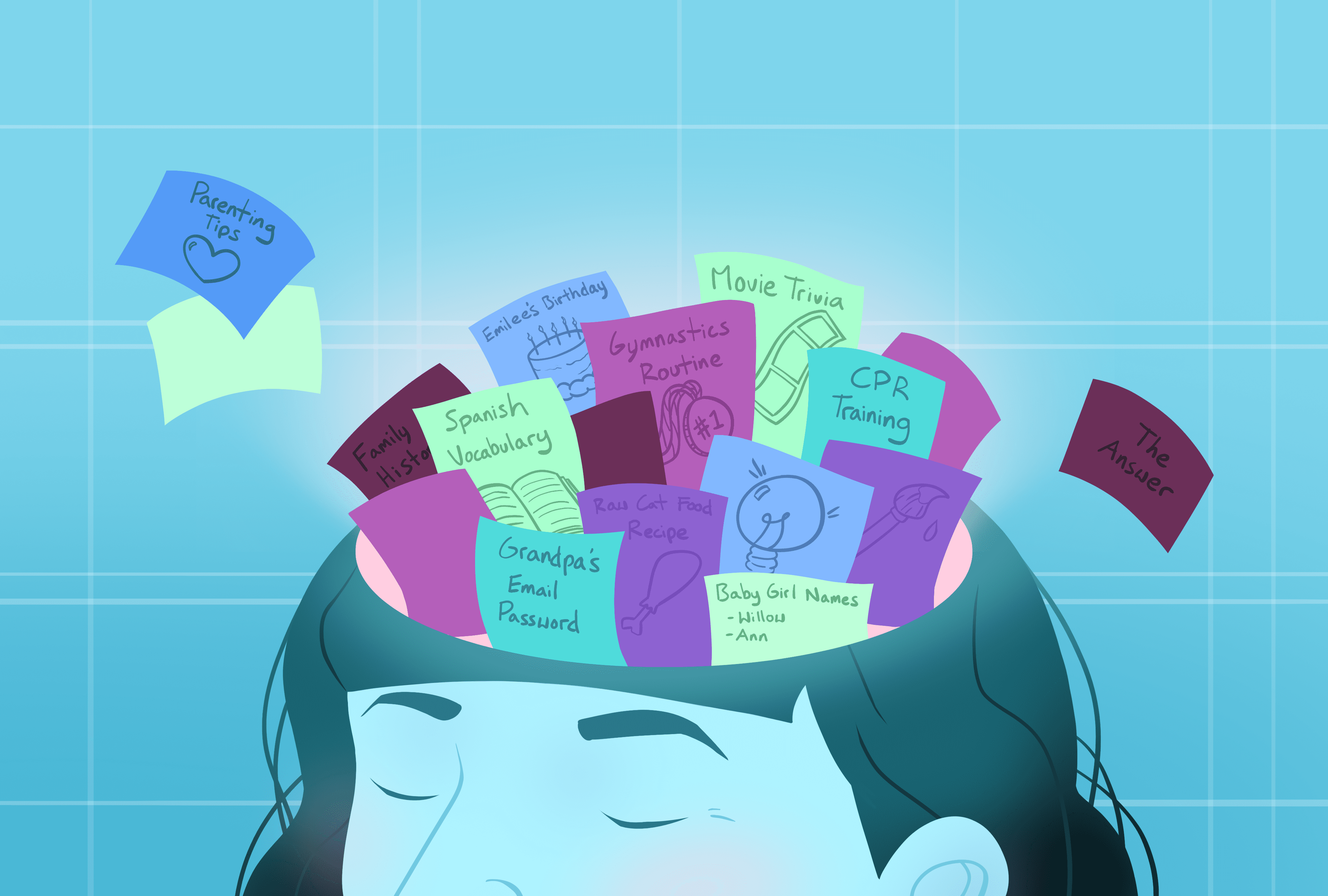
Aids in Stomach and Liver Function
Picrocrocin, a chemical compound present in saffron, gives off a bitter taste and is responsible for the characteristic flavor of saffron. This chemical component stimulates appetite and digestion by increasing digestive, salivary, and gastric secretions.

Crocetin in saffron stimulates the production of bile in the liver. It also helps in the digestive process and prevents the formation of gallbladder stones. Saffron also protects the liver from possible damage caused by aflatoxins that we may ingest.
Fights Insomnia
The chemical compound called safranal present in saffron has sedative properties. It helps to reduce the nervousness and anxiety that cause insomnia.

Increases Vitality
It has a powerful aphrodisiac property that has been in use since the ancient Romans. In case of low libido, saffron aids as a sexual stimulant and one can drink it with milk at bedtime.
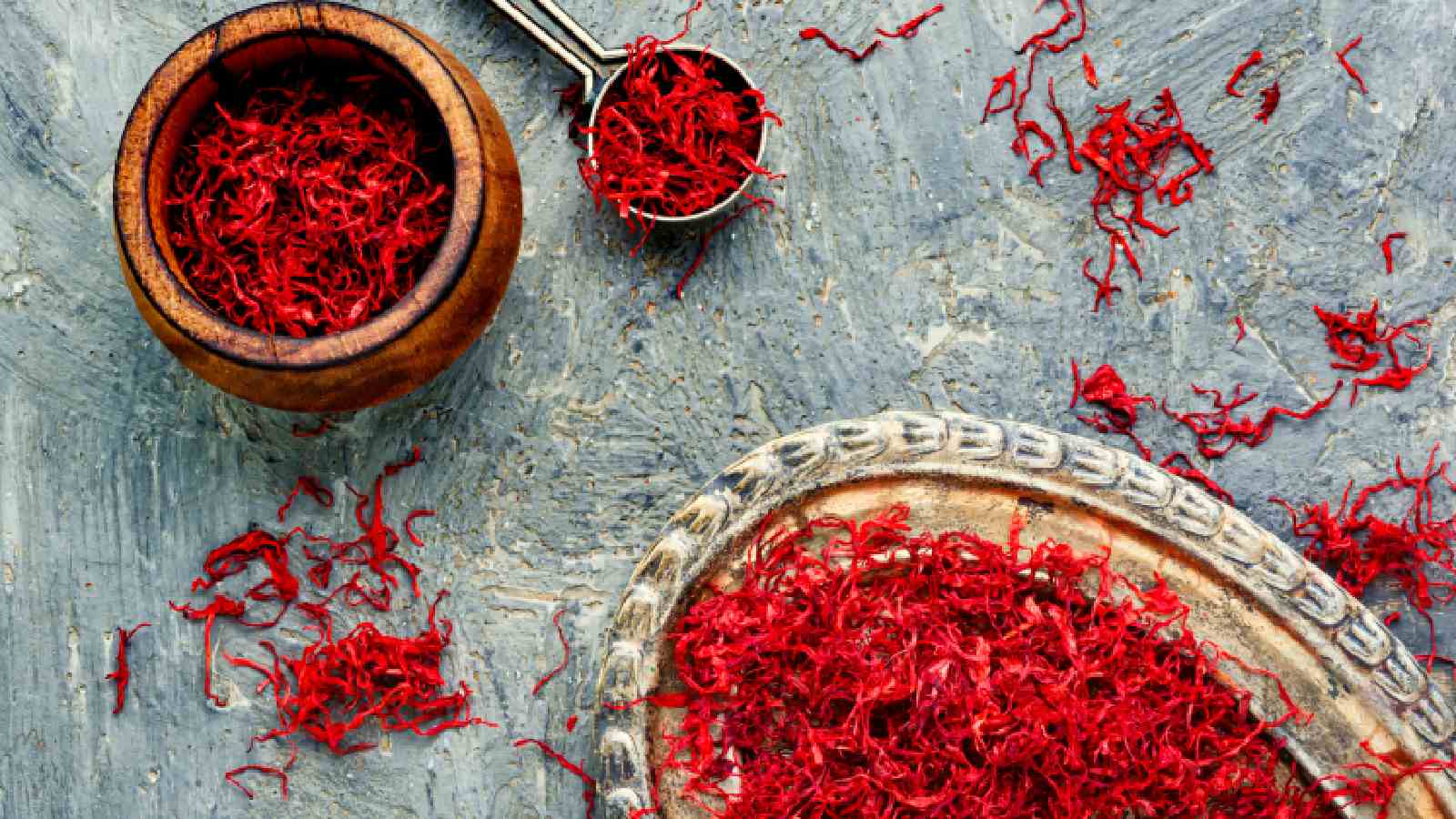
Protects Against Cold and Fever
Saffron is a stimulant tonic and it is very effective in treating colds and fever. It may relieve the toothache that babies get when their first tooth shows up.

Massaging gums with honey and saffron can ease the pain as it acts as a natural antiseptic. In Chinese medicine, it is also used as a painkiller for cramps and asthma.
How to use Saffron?
Some ways to use saffron are:
- Drinking a mixture of milk and saffron can help improve digestion and increase appetite. It even boosts your immunity.
- Consuming a small amount of saffron can help build stronger bones due to its manganese content. Manganese helps to absorb calcium and makes the bones stronger. Saffron contains 400% of the daily recommended value of manganese.
- Saffron is not only rich in manganese but also potassium. Potassium helps to balance fluids in the cells, which, if low, can cause muscle cramps.
- You can use it to treat acne, blemishes, and blackheads. Applying a paste of 5–6 basil leaves with 10–12 strands of saffron to the face helps to get acne-clear skin.
- The antioxidants present in saffron can help prevent hair loss. Soak a few strands of saffron in milk and add licorice to it. Apply this mixture to the hair to stop hair falling and promote hair growth.
Saffron Side Effects
The major saffron side effect is that it acts as a uterine stimulant and, in severe cases, has the possibility of causing miscarriage. A high dosage of saffron, i.e., greater than 10 g, may be harmful. Therefore, pregnant women should avoid using this spice in their diet. Other saffron side effects may include dry mouth, dizziness, drowsiness, anxiety, changes in appetite, nausea, and headaches. Allergic reactions can also occur in some people.
Nutritional Information
100g of saffron provides 310 Calories, Carbs – 65g (Dietary Fiber – 3.9g), Protein – 11g, Fat – 5.9g, Sodium – 148mg
And a percentage daily value of Vitamin A – 11%, Vitamin C – 135%, Iron – 62%, Calcium – 11% (based on a 2,000-calorie diet).


.png)


